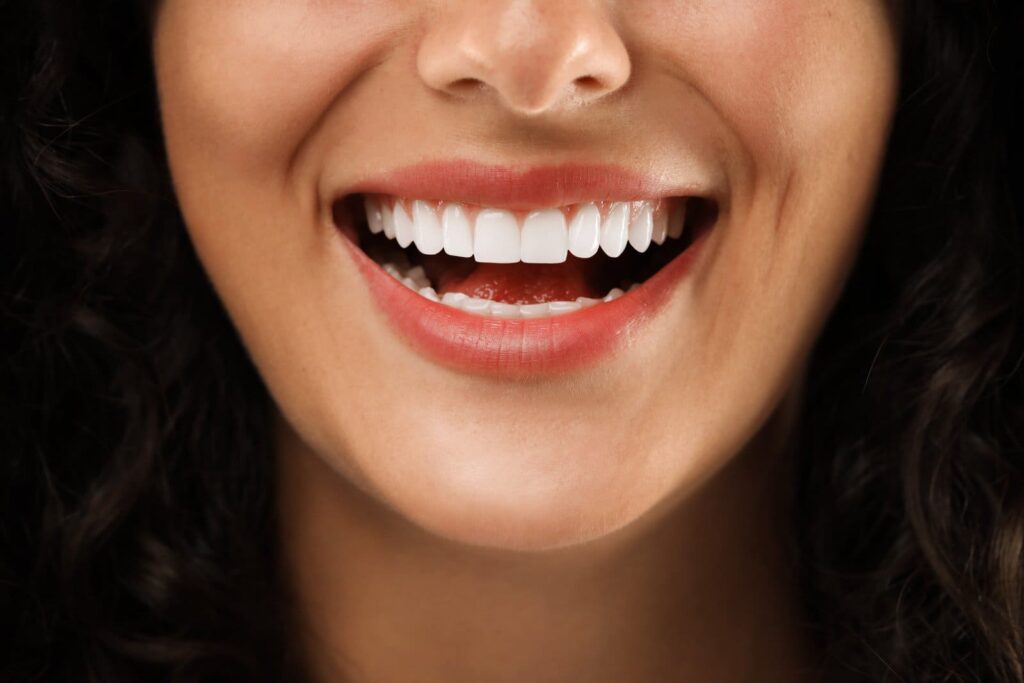
Brushing and flossing are two of the most vital things you can do to keep your mouth healthy and prevent diseases like periodontitis.
But improper brushing and flossing form can hamper your teeth-cleaning efforts. Failing to brush and floss adequately allows bacteria and plaque to accumulate on your teeth — which, left unaddressed, can become an issue.
To that end, we’ve written this quick guide to proper brushing and flossing techniques. Feel free to refer back to this guide any time you want to ensure you’re taking care of your teeth well.
Brushing Technique
Before brushing or flossing, wash your hands first.
Make sure you have a soft-bristled toothbrush. Hard bristles can damage your gums — even if they’re healthy — and possibly wear down your tooth enamel.
With a soft-bristled brush in hand, first, place your brush at a 45-degree angle to your gums. Gently brush back and forth across the width of the tooth.
Start with the front of the tooth, then do the same on the back. Angle your brush towards the gum line to get anything hiding under, and be gentle to avoid causing damage.
Repeat this process for all your teeth.
Now, time for chewing surfaces. Hold your brush flat and brush back and forth along the chewing surfaces of your teeth.
Next, you need to get in between the teeth. Turn your brush vertical and brush gently up and down.
Finally, brush your tongue. Do so by sweeping back-to-front. This will clean off food particles and kill odor-producing bacteria.
All in all, brushing your teeth should take about two minutes. You should brush at least twice a day — once in the morning, and once before bed.
You should replace your toothbrush every three to four months if possible. Fortunately, most dentists give you a free brush every time you visit. All the more reason to visit your dentist regularly.
Flossing Technique
Take about 18 inches of floss and wind most of it around either your middle or index finger (your preference). Wind a small amount around your other hand’s middle or index finger.
This provides you enough floss to have a clean segment of floss for each tooth. After all, you don’t want to move plaque from one area of your mouth to the other.
Now, pinch your floss between your index finger and thumb, leaving a tiny bit of floss tight between your hands.
Using a zig-zag motion, gently guide the floss in between each tooth. Don’t push/pull the floss hard into the gaps — you could harm your gums.
Wrap the floss around each tooth in a “C” shape, then slide it up and down the side surface of the tooth. Make sure you get the entire surface, front and back, as well as under the gumline.
As you move from tooth to tooth, unwind a new, clean section of floss to use.
Any floss will do, whether flavored or unflavored, waxed or unwaxed. It doesn’t matter what tooth you start on, either.
As long as you follow the proper technique, you’ll keep your mouth healthy and clean.
There you go — a quick refresher on proper brushing and flossing technique. Follow the instructions above for cleaner, healthier teeth, and gums.
Now, even the most adept brushes and flossers miss a spot or two.
That’s where a dentist like Absolute Smile comes in handy. You should visit your dentist regularly to get any spots you might miss, spot any early warning signs of problems, and learn more tips for proper oral care. Contact us today to schedule your appointment — all new patients get a free consultation.






